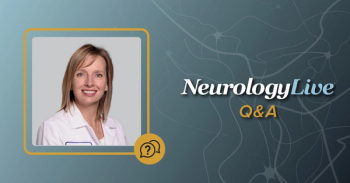
Newborn Screening for Earlier Diagnosis of Duchenne Muscular Dystrophy: Emma Ciafaloni, MD
The professor of Neurology and Pediatrics at University of Rochester Medical Center speaks spoke on the evolving treatments for Duchenne muscular dystrophy and the possibility of earlier diagnosis through newborn screening. [WATCH TIME: 4 minutes]
WATCH TIME: 4 minutes
“There are some unmet needs that the community is very well aware [of] and working on. One is we need outcome end points that are meaningful, in terms of quality of life, to the patients, but that also have a well-stated biological significance.”
Currently, there are therapeutic strategies for patients with Duchenne muscular dystrophy (DMD) to restore dystrophin and retain the protein function. As the development for therapies for patients with DMD continues to evolve and become more accessible, there is also the need for better outcome end points in the nonambulatory population, such as those related to quality of life. The ambulatory population has been known for having the best chance to demonstrate a drug effect, hence the most of the progress being made in that group. In the future, as the development of treatments continue to progress, the goal is to develop better end points for the nonambulatory population.
Emma Ciafaloni, MD, FAAN, professor of neurology and pediatrics, University of Rochester Medical Center, gave a talk at the
Newsletter
Keep your finger on the pulse of neurology—subscribe to NeurologyLive for expert interviews, new data, and breakthrough treatment updates.


























